One of the most important elements of any film shoot, be it commercial or narrative, is the location where you are filming.
Locations can make or break an audience’s experience of the film or video, create the production value of the project, and maintain the suspension of disbelief of the story – and the best film directors and video creators know this.
The process of finding and locking down locations where you will be filming is referred to as location scouting.
While the process of finding and securing locations can be daunting, anyone can do it with the right skillset and mindset. Here’s a step-by-step list summary:
- Start with either a specific location in mind, or begin by googling images of places that are similar to what’s in the script.
- Narrow it down to places geographically close to you with Google Maps, and even use Google Street View to preview them.
- Make a list of places you can see all in one day, and take a notebook with you to write down anything the crew will need to know before showing up to shoot, including any concerns regarding sound, lighting, power, potential foot traffic, cell service and parking.
- While there, take as many pictures as you can to share with your director, cinematographer, production designer, and anyone else who needs to see them.
- Finally, be prepared to file the appropriate permits to lock down the location for the film.
That’s it! Pretty straight forward, but more information is always more helpful than less, so let’s dive into everything you need to look for when scouting for locations below!
Speaking about filming locations, check out this article on Andalusia in Spain which is famous for everything from spaghetti westerns to Game of Thrones.
The art and business of location scouting
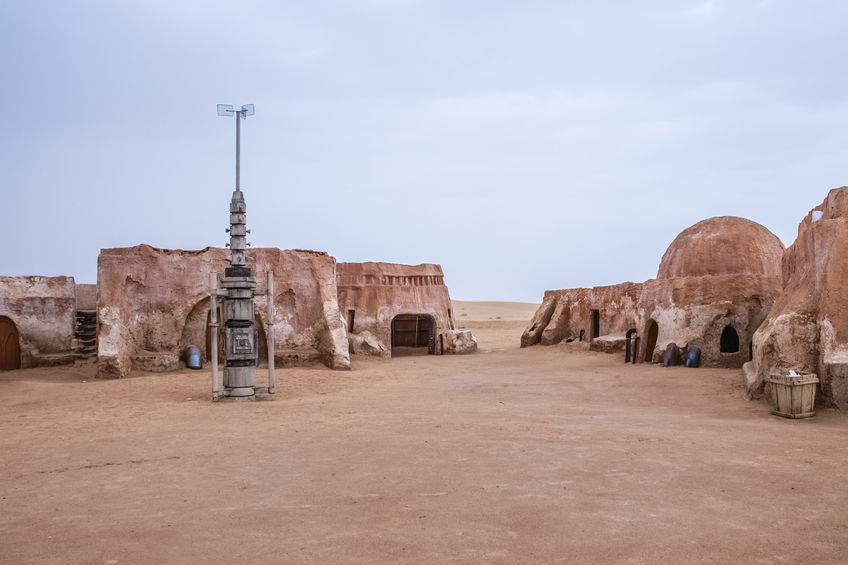
As millions are spent by big-budget Hollywood movies every year to develop and create the perfect sets on studio-controlled sound stages, indie productions aren’t so lucky.
But even the biggest productions still have to procure locations in the real world for all sorts of films, be them historical period pieces, sweeping fantasy epics, or globetrotting action franchises.
While the role of “location scout” can be its own specific job title on projects like the above, if you are a director or producer helming your own indie film shoot, you may not be able to hire someone for that job in particular. More than likely, you will probably have to do it yourself.
Location scouting isn’t just finding a place and deciding to film there. Both public and private locations require specific permits for filming, though occasionally you can get away with simply asking a favor from the business/location owner or stealing a shot here and there.
However, remember that by “stealing shots” you are quite literally stealing, and should your finished product go on to be a commercial success that you profit off of, you are opening yourself up to liability by not getting the appropriate signatures on your location permits.
Location managing as a career
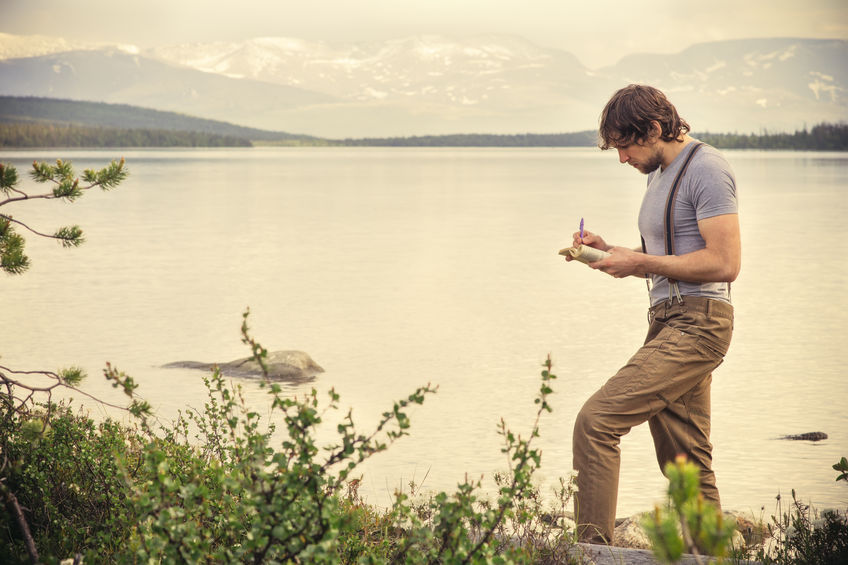
If you are working on bigger productions, you can actually make a career out of the locations department, working your way up to the role of Location Manager, which can be a fairly high paying job with its own union.
You can read up on some first-hand accounts from a Location Manager sharing their experience in the business (like working on the set of Sopranos!) by checking out the topic on Careers in Film here.
How to start looking for locations
Always start with the script, or in the case of a commercial project, the treatment. These are the holy texts for your location scout – and I’m not just saying that as a writer. You’ll need to break down the script, location by location, and make a master list of all the places you’ll need.
From there, you will work with the director and/or producers to discuss their particular vision for the locations.
If you are the director, you will work with the writer or any producers who are helping you lock down a place and share your particular vision for the locations as listed.
Once you have a clear idea of what you or your team wants, begin by googling images of places that fit the description.
Once you find some options, create a lookbook, or a shared folder, or a Pinterest board with all your ideas.
Start with locations near you
On Google Maps, try to find some of the locations you’ve looked up. Narrow your search down to see if any are geographically nearby.
If you are limited by budget, search for locations similar to your reference photos in your immediate area. Use Google Street View to preview them.
If budget isn’t a concern, find your biggest locations first, then work backwards to secure the smaller locations in the immediate area to make it easier on your production crew.
Remember – you aren’t just looking for the most photogenic location, but a place where you can actually mount a production as well.
Time to venture out
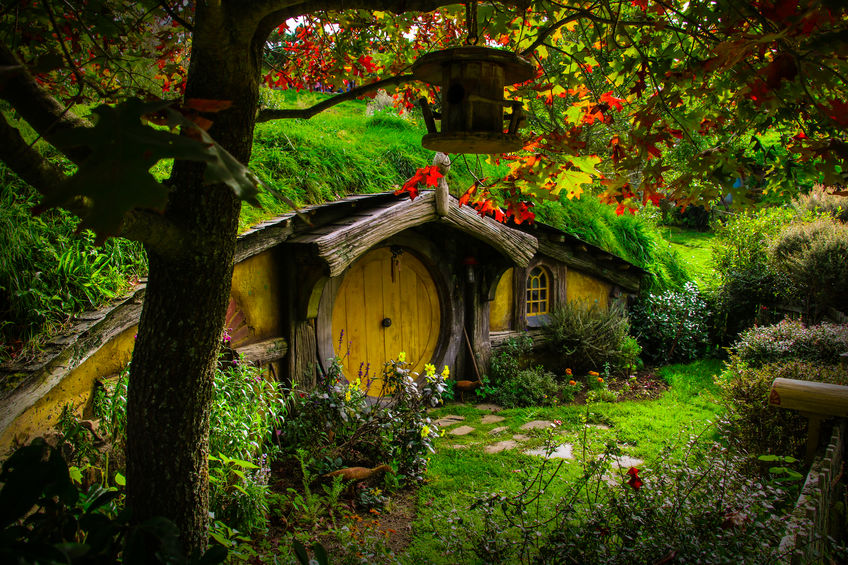
Once you have a pretty comprehensive list of options, make an itinerary for yourself to go visit as many as you can fit into one day. Make it easy on yourself by lumping up nearby places.
If you are scouting international locations, you’ll want to work with locals in that area to help you.
Once you’ve got your list of places, head out on your scouting adventure, but remember to bring a notebook.
Your goal should be to write down as much information as possible so the production team can show up as prepared as possible when they get to set.
What to look for on location
Once you arrive, here’s a few ideas of what to jot down.
Weather and lighting concerns.
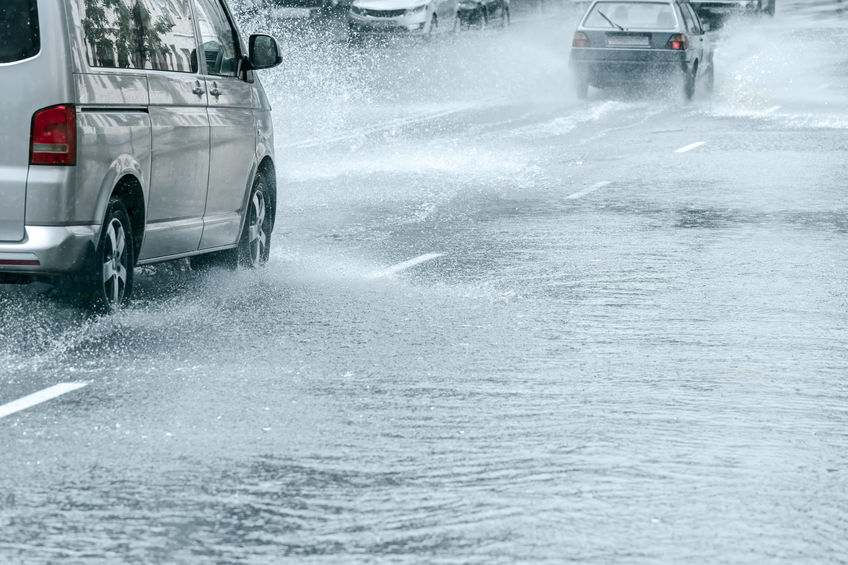
First and foremost, if you are scouting an outdoor location, one of your first most important concerns is what the light and weather will be like on the day that you will be shooting.
If you are planning a production a few months in advance, predicting the weather might be difficult, but you can hedge your bets by talking to locals about what to expect.
Certain things, like wind, rain, and cloud coverage are especially important to plan around. They affect not only the light but also the sound. Heavy rain can make a lot of noise. I’ll get back to sound in a minute.
As far as lighting goes, the best way to know what the lighting will be like is to try and arrive at the approximate time of day you plan on shooting. If you don’t know this offhand, defer to the director or what’s written in the script.
This goes for both indoor and outdoor locations.
For outdoor locations, what’s the daylight situation? Any shaded areas that are easier to control for? Or will they be casting shadows on the actor’s faces at the time you are planning to shoot? What about outdoor lighting like street lamps for night shoots?
For indoor locations, how much daylight actually gets through inside to the room you will be shooting? If you’re shooting a night scene, can you black out the windows and shoot day-for-night?
How many natural sources for light are there? Will the DP need to bring extra lamps?
Sound concerns
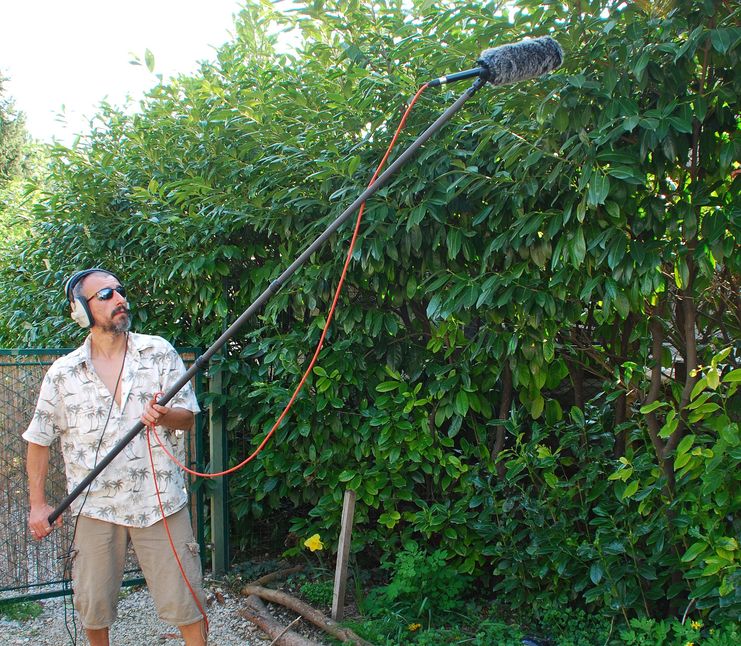
Another big point of concern is sound. What does the location you are scouting sound like? Are there any immediate noise issues, like nearby freeway traffic, foghorns from ships in a harbor, chatter from local tourists, droning from a nearby air conditioner?
This goes for both indoor and outdoor locations. The sound team on the day will be able to work around certain noises, especially like refrigerators or AC units for indoor shoots, but the more they know going into it, the more they can prepare.
If an outdoor location is beautiful, but has a lot of sound concerns, like 80 miles an hour winds or a busy thoroughfare right next door, you will definitely want to take that into consideration as you compare it with other options.
There are ways around this issue. For example, it might be a great location for an establishing shot, but then you could plan to shoot the dialogue scenes in close-ups somewhere else.
Power concerns
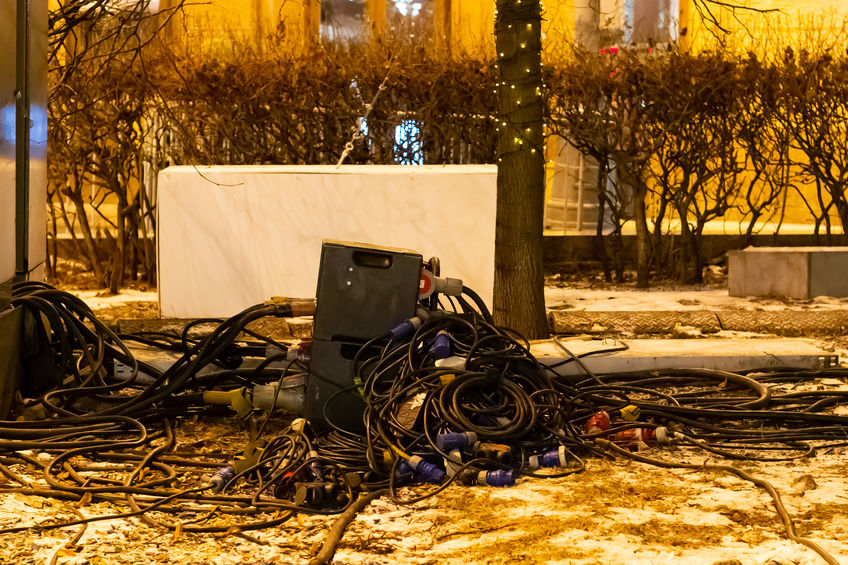
While you don’t necessarily need to know everything a Best Boy or Gaffer knows, taking note of any power outlets and indoor/outdoor sources of power is a necessity for planning the shoot.
For starters, the production will need to know whether or not they will have to rent a generator depending on the power available and lighting needed for the scene’s look and feel.
Usually, the DP will join the production team for a walkthrough tech scout once the location is picked, but if you provide this information earlier in the process, it can help save everyone a lot of time, especially if this information helps the team decide between two similar locations.
If you don’t know much about power, try attending a walkthrough with the camera team next time they scout a location for power or take a class on lighting design and cinematography so you can keep track of how much power can be run through a location at the same time.
Foot traffic concerns

This goes for any and all location scouting, but especially scouting those locations in urban areas, it’s a good idea to take note of how much pedestrian cross-traffic a location will get at the time you will be shooting.
For example, if you’re filming at a local coffee shop, how much foot traffic is there outside?
If you’re filming on a city street, is it a busy one, or a relatively slow-paced one?
Are there any nosey neighbors nearby who might be a problem? Or does everyone keep to themselves?
Factor in the day of shooting
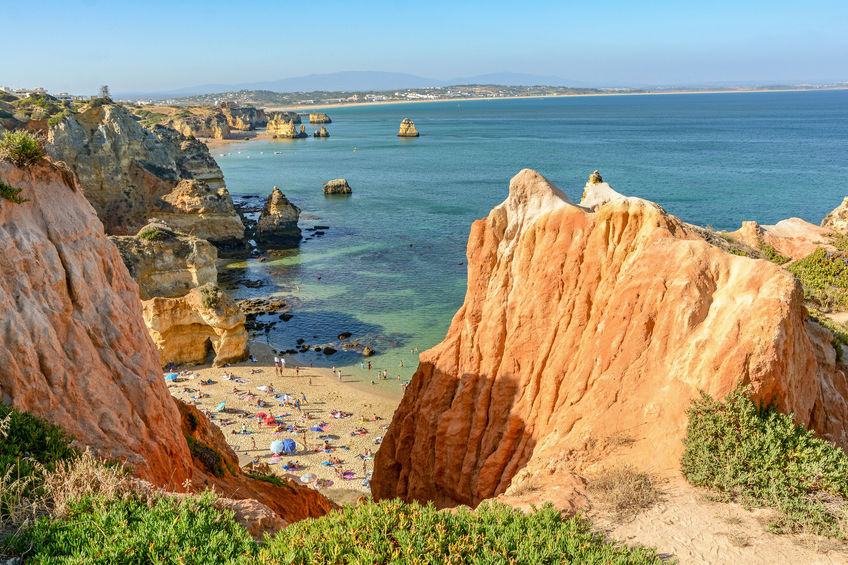
Don’t forget to factor in days of the week as well.
Is the secluded beach you found actually secluded? Or is the reason there are only a few people at the beach because it’s a workday, but when you show up to film on a Saturday in the heat of the day, the beach will actually be completely crowded out?
And if you’re planning a night shoot, you don’t want to forget about looking into any nightlife in the area, as nothing would ruin a shoot more than being in the middle of a climactic moment when a bunch of drunks come yelling out of a bar while they wait for their Uber!
Availability and access concerns

Finally, it’s important to make sure that the location you pick isn’t just good on paper – but that it’s somewhere you could realistically mount a production.
For example – let’s say you find the perfect secluded beach for your romantic climax of the film – but it takes an hour to drive in and out on a one-way backroad, and there’s no place to park the crew’s cars because the beach is located at the foot of a steep cliff!
Availability and access concerns aren’t always deal-breakers – but it’s important to take note of them, especially if you are also planning on being the location manager of the shoot, and will be responsible for coordinating the parking situation and getting in and out on the day of.
Factor in access to get help quickly in case of emergency
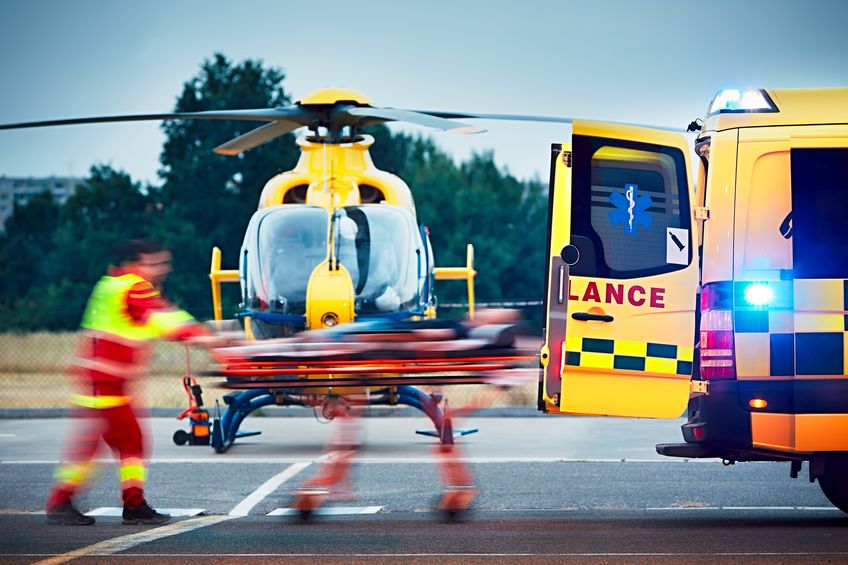
Availability and access also refer to cell services and nearby facilities, like hospitals or food service options.
If you are considering shooting two hours away from all civilization in the middle of the desert, you still need to take note of the closest hospital, where the production could order lunch from or if they’ll have to coordinate outside catering, and what to do about bathrooms for the crew.
This may not be your exact responsibility to coordinate as a location scout, but knowing if it’s needed or not for any given location definitely is!
Take lots of pictures!
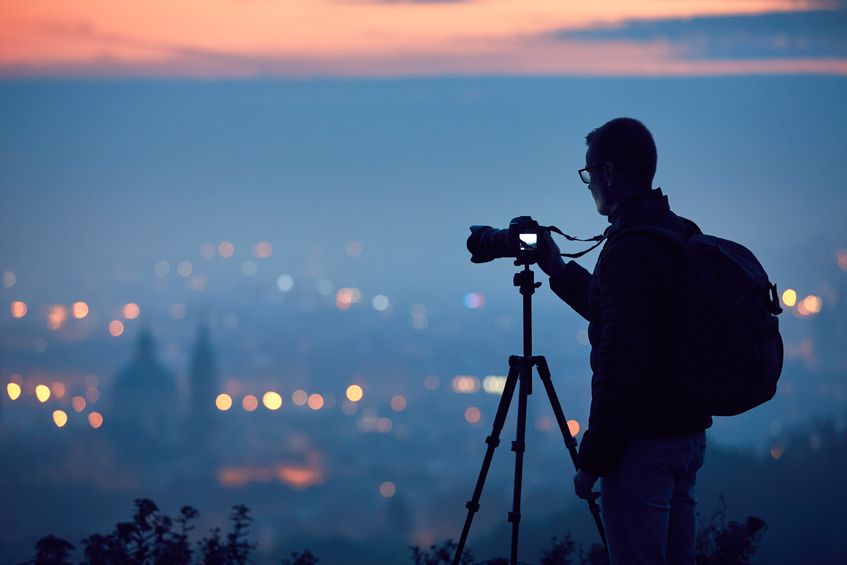
Lastly, you will always want to take as many pictures as possible, of any given location, so the rest of the production team can accurately make a decision about its potential as a location.
If you’re being really diligent, this includes capturing every aspect of the location you see working into the scene as written in the script.
It also includes photos of the potential ways you could cut around it to match other locations and even places where production could set up crafty and video village and not have to move around too much throughout the shoot.
The goal is to then share these pictures with the director, cinematographer, production designer, and production team as necessary so that the whole team has all the information they need to prepare for the shoot in the event that this location ends up being the perfect pick.
Once the location is picked, get ready to file your permits

Once the production team has decided on the locations they would like to lock down, it then becomes the location management team’s job to secure these locations by filing the appropriate permits with the local authorities to get permission to shoot there.
In some cases, especially when dealing with private property, you may not need express permission from the city if you have the permission of the property owner, but it can depend on the budget and production value of your production.
If you’re retrofitting an abandoned mall to look like a period-accurate thriving center of commerce, like the tv show Stranger Things did in season 3 of the Netflix Original, then you may have to let the city know, especially if you are going to be doing stunts, hoisting up massive HMI lights, and hosting 200+ extras inside.
Every city and state has their own rules about permitting, but for an example of what to expect, you can check out the State Film Permit rules from the California Film Commission here.
Look up the individual regulations local to the area you are planning on filming as far in advance as possible to confirm.
Some areas, like specific neighborhoods, ask that you get express permission in the form of individual signatures from all surrounding neighbors who might be impacted by a commercial production shoot in order to sign off on the permits. This means going door to door!
While this can be tedious, it’s always better to know the rules early and prepare in advance than to get blindsided a few weeks before shooting is set to begin because you didn’t do the work earlier.
Happy Location Scouting
As the world continues to change and become ever more connected, the way we scout, discover, and permit locations for movies may change and adapt as well.
If you can think of any other important concerns to look out for when scouting locations, share them in the comments!
Otherwise, happy location scouting!

